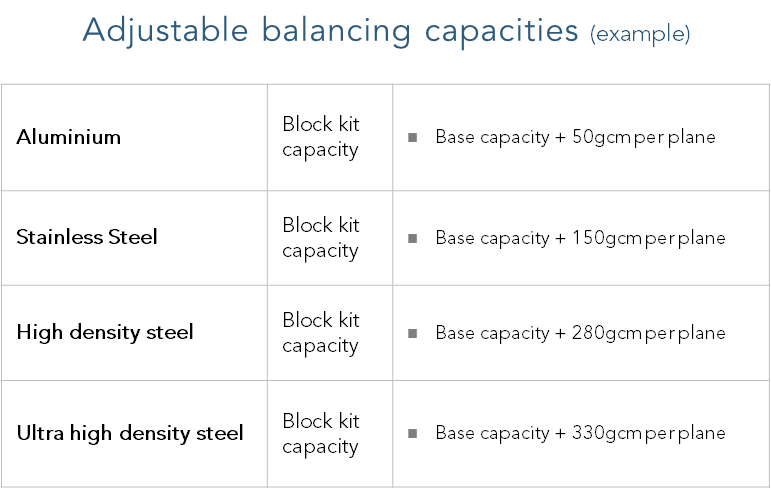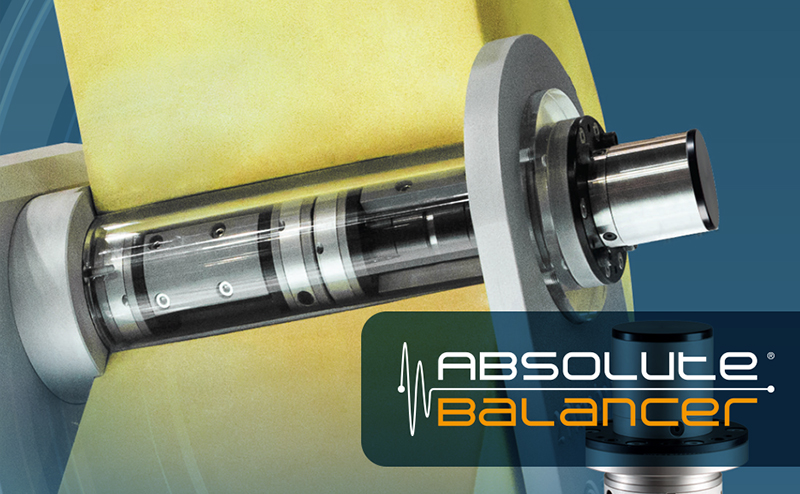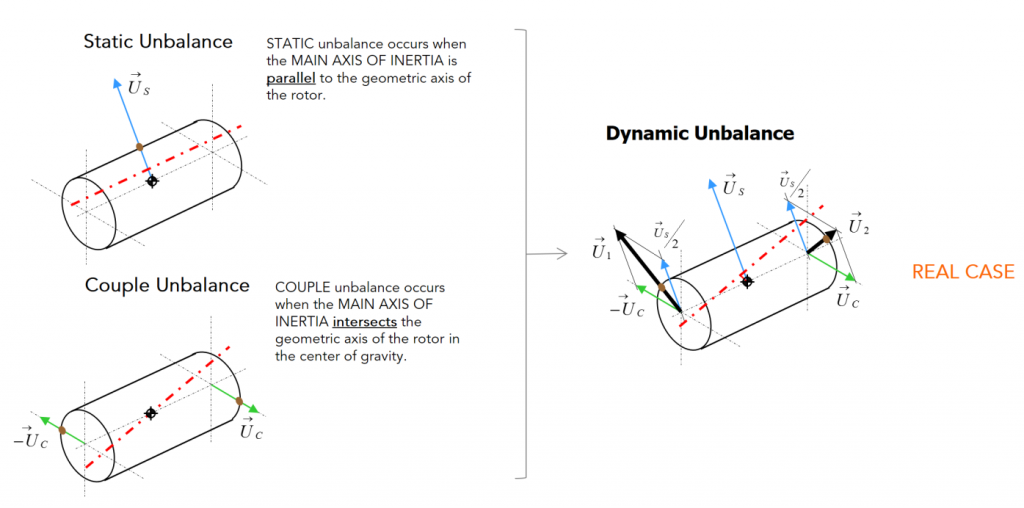
Types of unbalances
The latest generation of our automatic balancing systems Absolute Balancer® do not only reduce machine downtimes, at the same time they are improving significantly the grinding quality in operation. Recent developments also make them adaptable to meet different grinding tasks.
Contact usOn state-of-the-art grinding machines the balancing head operates inside the grinding spindle, and therefore well hidden away. Meaning it gets easily out of sight. Nevertheless it plays a central role for achieving maximum grinding quality and minimizing downtime. A highly sophisticated interaction of mechanics, electronics and advanced software makes this possible. Reason enough to take a closer look at this system with its numerous possibilities. The main task of balancing systems on grinding spindles was and still is the recognition and correction of unbalance. This is caused by the geometric deviation of the grinding wheel from its ideal cylindrical shape, and tolerances in and around the wheel flange.
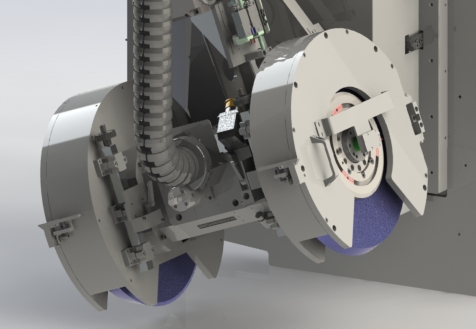
Grinding spindle with high degree of dynamic unbalance
Types of unbalances
When using narrow grinding wheels only, we speak of a static unbalance, same as we all know when balancing our car wheels. Wider wheels or numerous grinding discs on the same spindle generate also a couple unbalance, so that in real grinding operation dynamic unbalance occurs. We see high dynamic unbalance in processes like gear grinding, centerless cylindrical grinding and in multiple grinding wheels operation. To detect and correct a static unbalance, a one-plane balancer system is necessary, for the precise correction of dynamic unbalance a two-plane balancer is indispensable. A combination variously used to correct a dynamic unbalance on the spindle is a manual pre-balancing followed by automatic unbalance correction during the grinding operation. This combined two-plane balancing method however is just a compromise, gradually becoming less attractive, since this correction process is producing additional machine downtime in highly productive grinding operations.
Absolute Balancer® Technology
Since its foundation back in 1975, Balance Systems is dedicated of detecting and correcting unbalance of rotationally symmetrical devices. The original Company development objectives, minimizing the residual unbalance and reducing the necessary balancing cycle times, apply up to today. In the meantime however, Balance Systems has reached a technological level in terms of compensation speed and achievable balancing accuracy which fully meets the demands of today’s highly sophisticated precision grinding industry.
Were weight masses on previous balancing head generations still driven in pairs, today’s correction weights of the Absolute Balancer® series are all moved individually. High-precision micro-gears ensure a positioning accuracy on the circumference of less than a tenth of a degree. Through continuous development of software and hardware components the required balancing time has also been drastically reduced. Today’s Absolute Balancer® system uses fully digitized hardware architecture together with sophisticated, adaptive algorithms for correcting the unbalance.
This means by intelligent pre-calculation of the necessary corrective path, the balancing masses are driven individually, and in closest distance, to their final predetermined position. Time consuming communication with the spindle mounted accelerometers is limited to a minimum. Thus, for predetermined balancing parameters, deterministic balancing times are achieved.
The following graph shows the achievable balancing precisions and balancing times for the different Balance Systems balancer series in one and two planes:
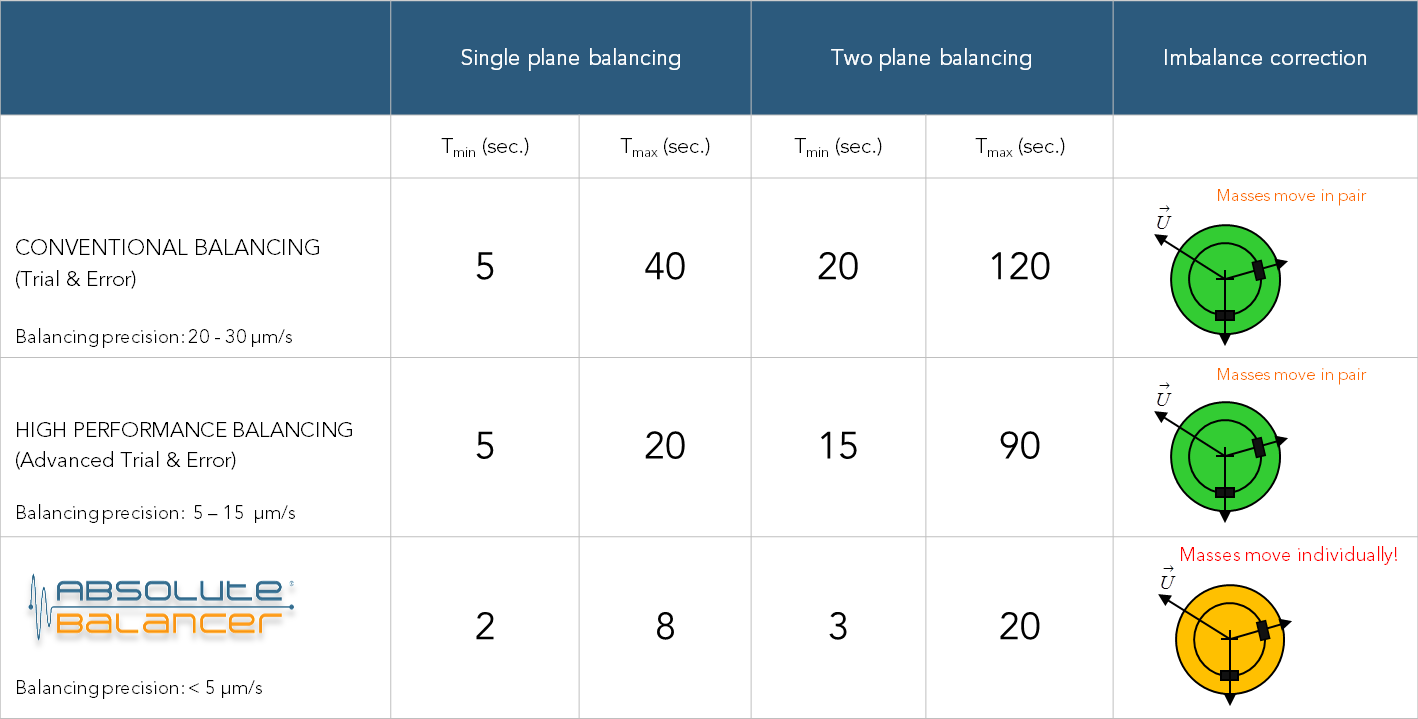
Comparison of typical balancing times and residual unbalance
Torque – free neutral position
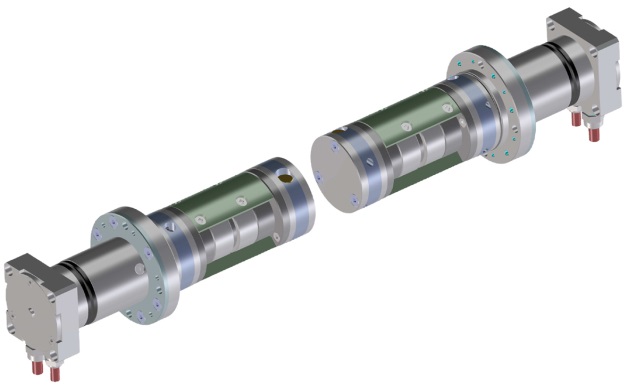
Balancing system in torque-free neutral position
At Balance Systems the use of identical correction weight masses has always been a standard. For physical reasons, this is the only way to bring the balancing head in a torque-free neutral position. This is particularly important after the change of the grinding wheel, since from this basic position the balancing process can be started without risk.
Adaptive correction weight masses
The basic idea of identical balancing weight sizes opens up the option of scalable balancing masses. With materials and alloys of different density, different weight kits can be generated. Thus, the balancing head of the grinding spindle can be optimized for the use with different grinding wheel dimensions and grain qualities (corundum, CBN).
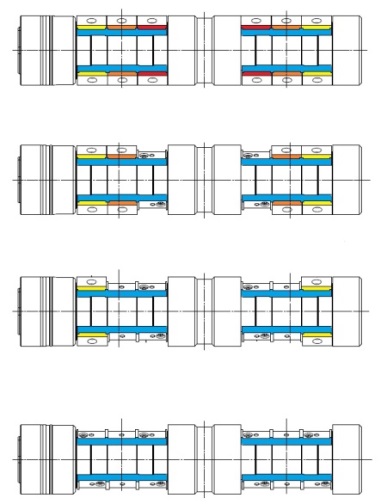
Adaptive correction weight kits
